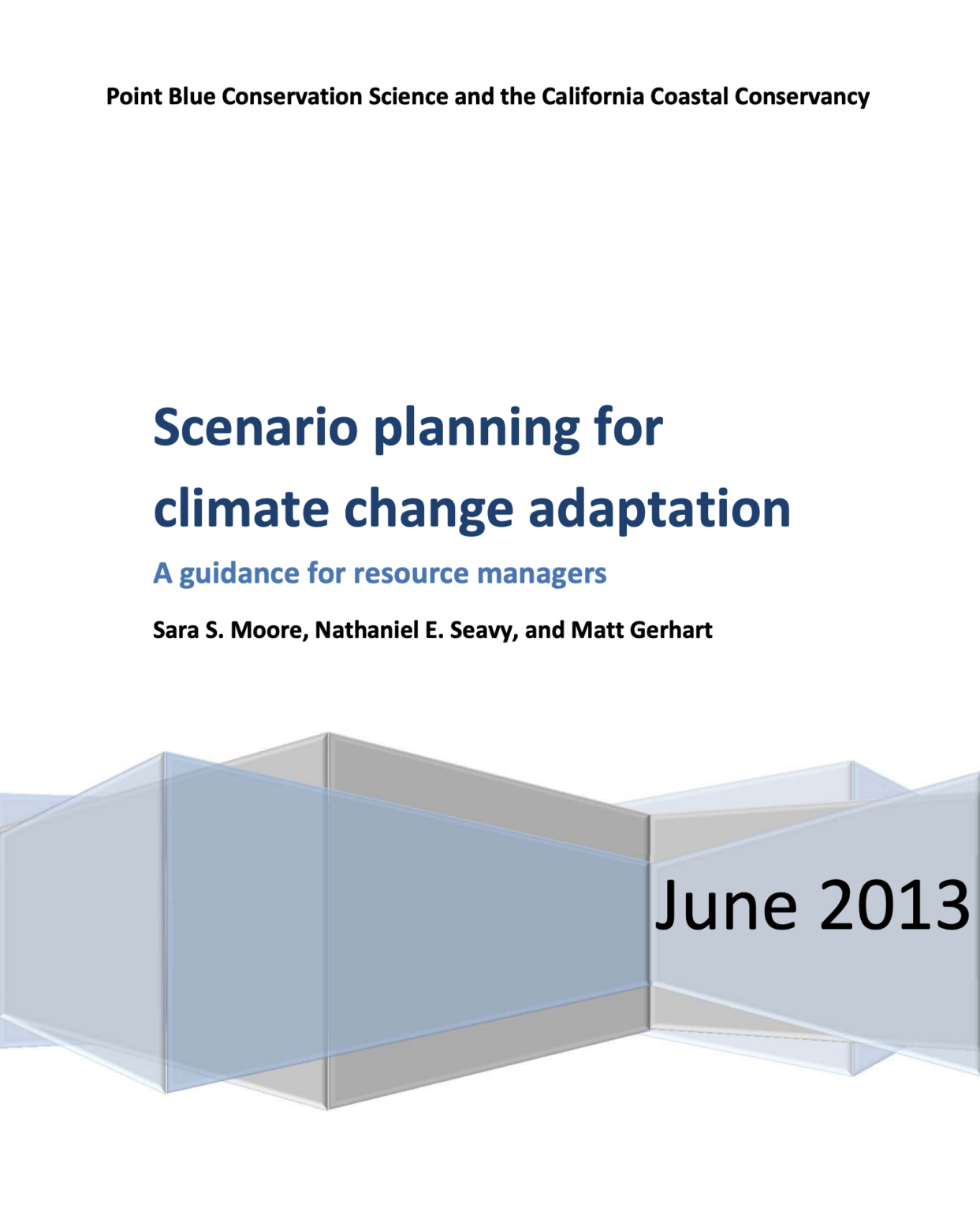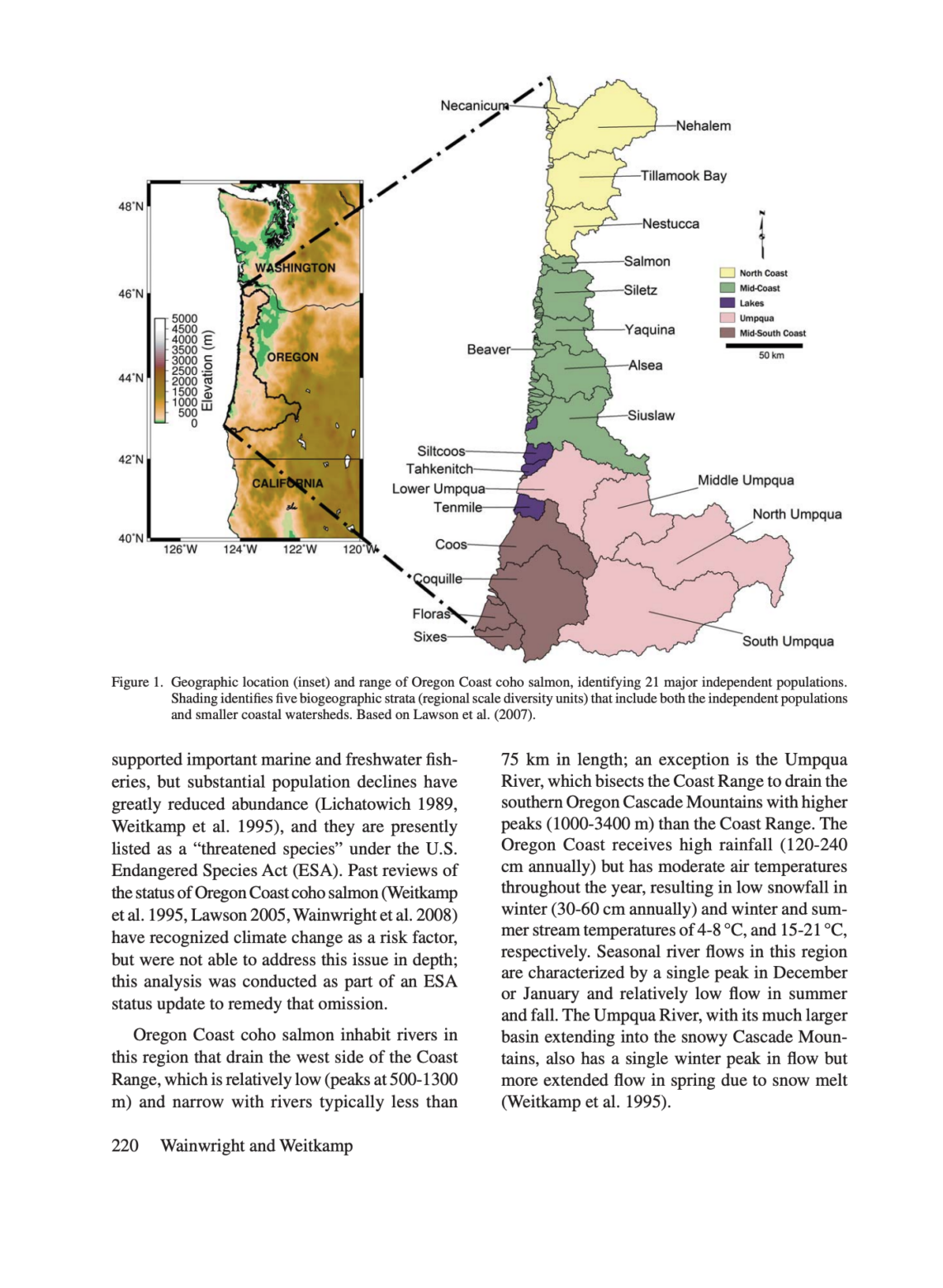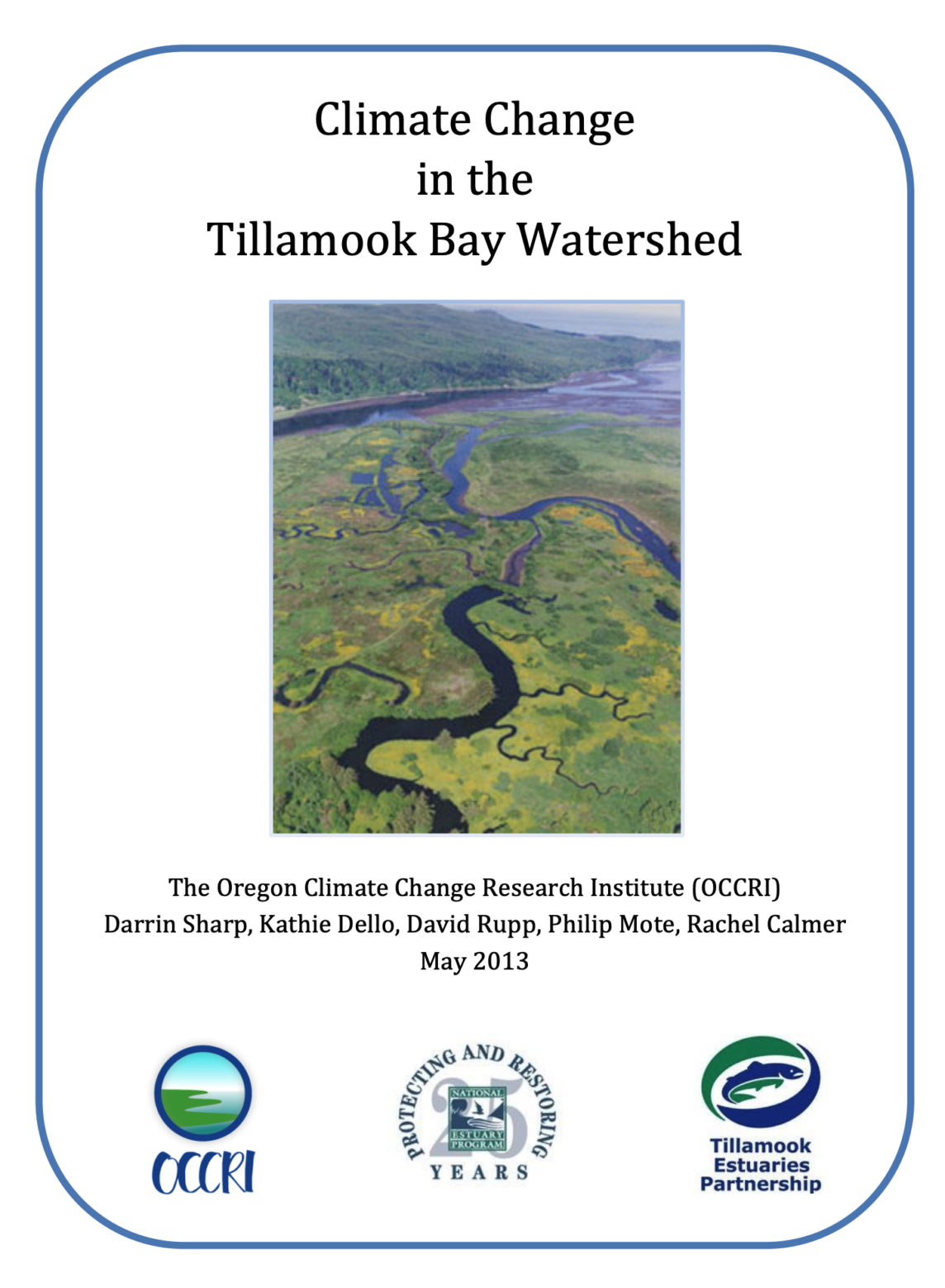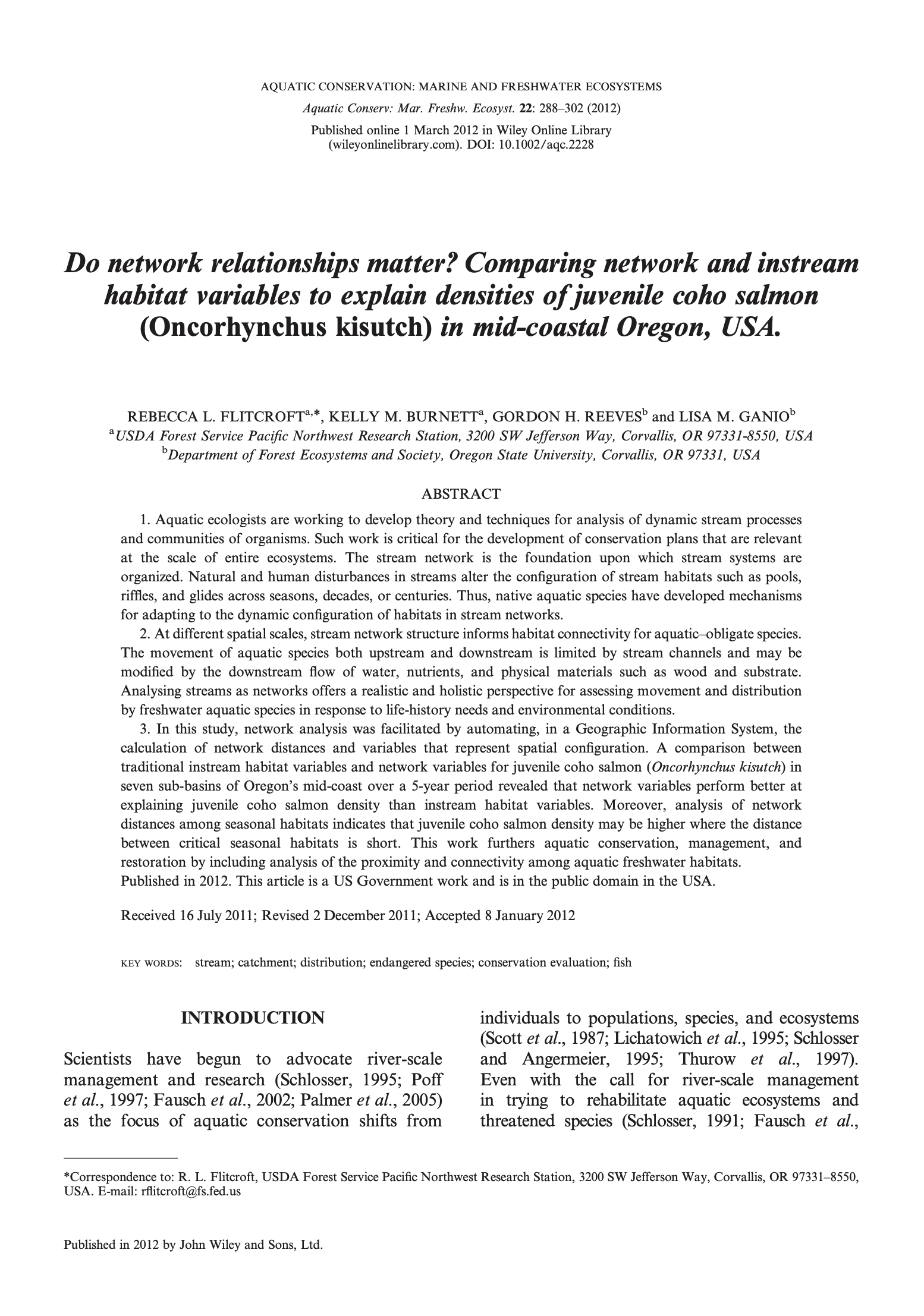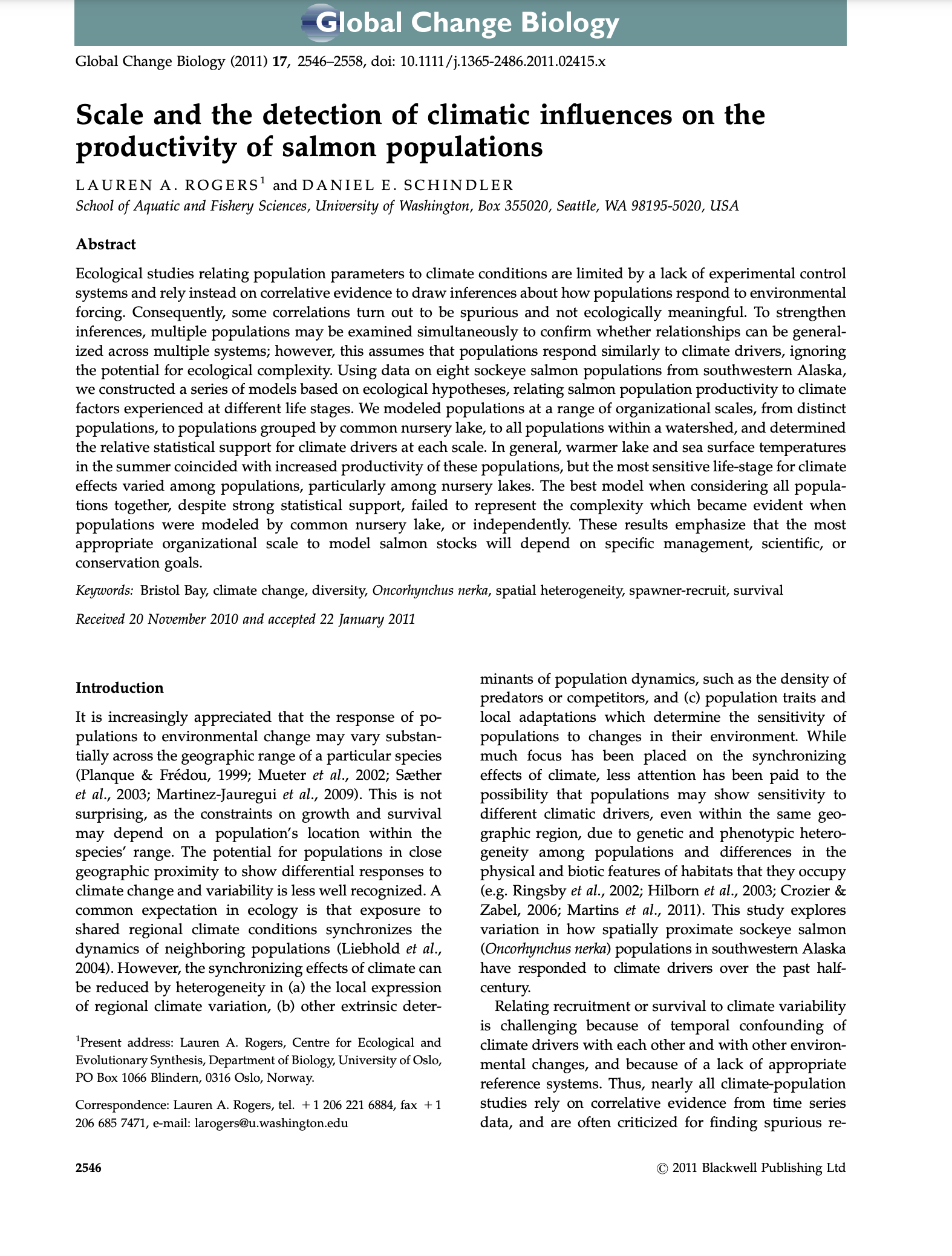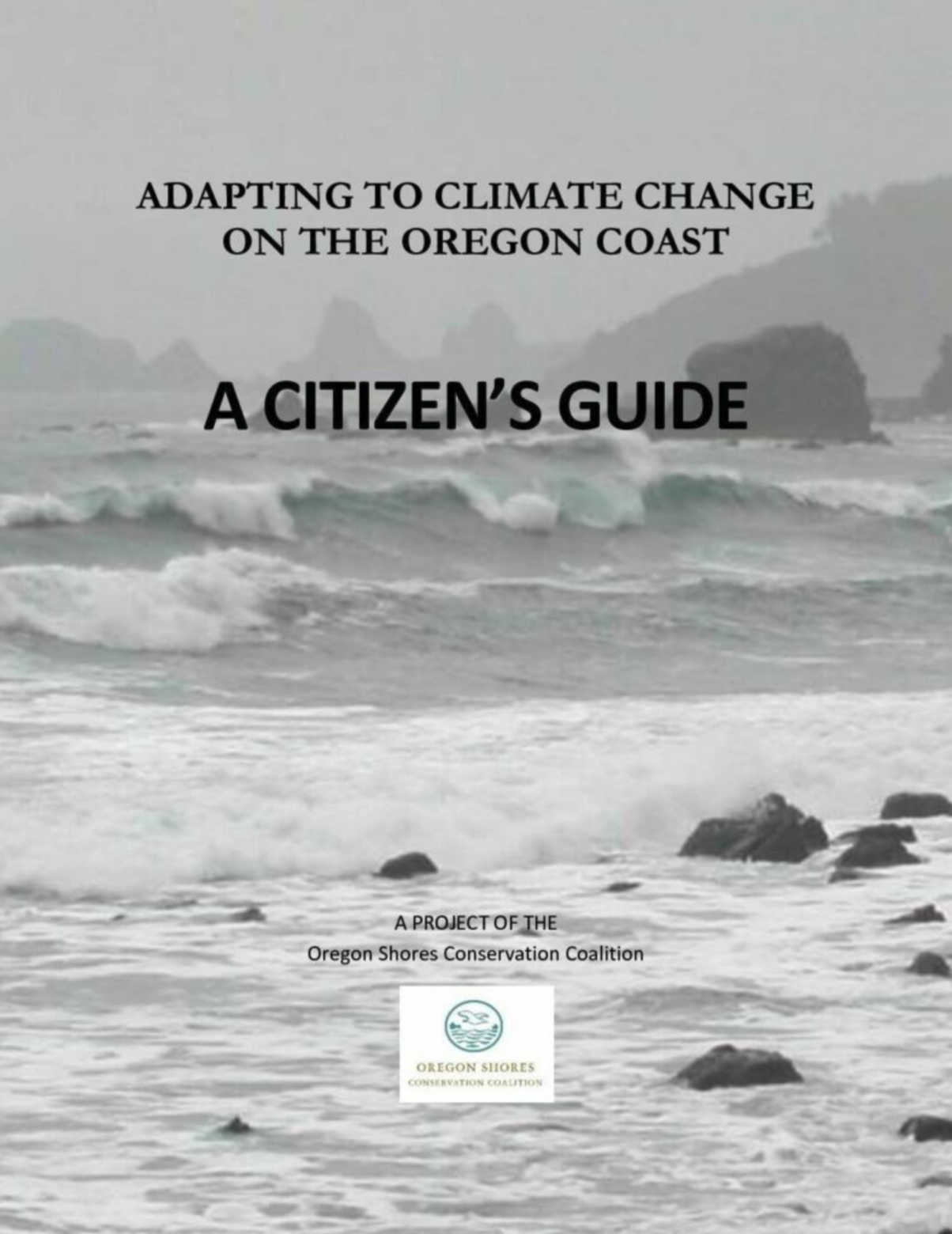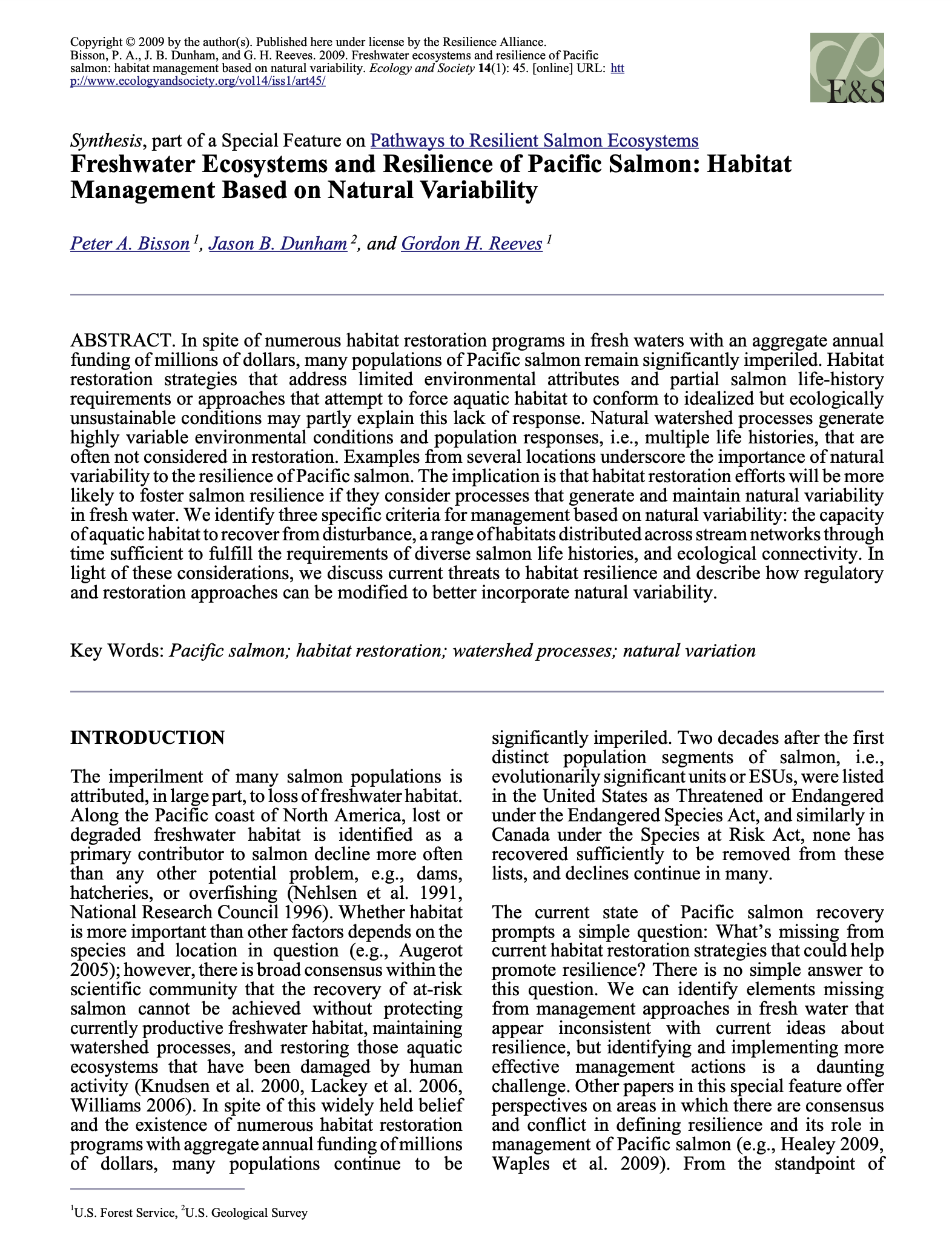Guide for Climate Change Planning (Moore et al, 2013)
admin2022-06-28T13:52:34+00:00This document is intended to be a step‐by‐step guide to using scenarios to plan for climate change adaptation. The intended audience includes natural resource managers, planners, scientists and other stakeholders working at a local or regional scale to develop resource management approaches that take future possible climate change impacts and other important uncertainties into account. VIEW PDF

